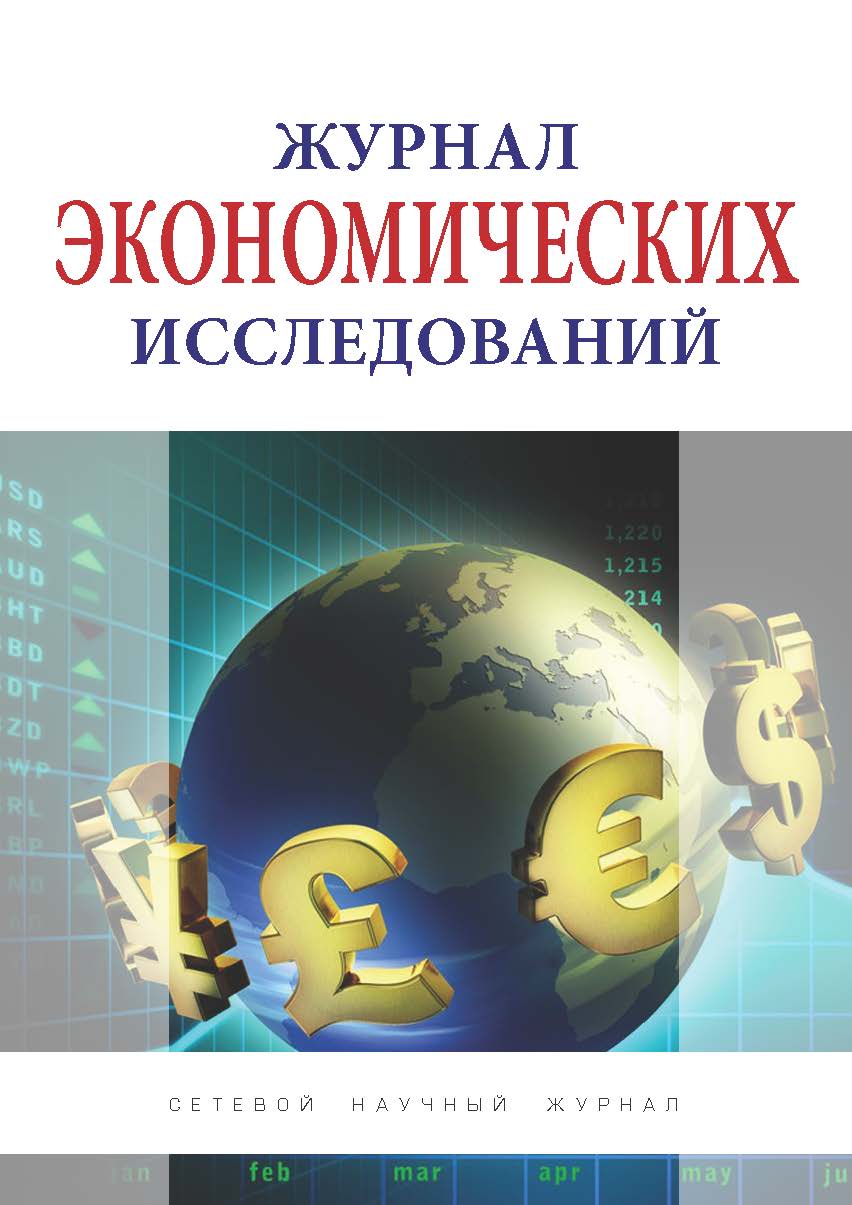Russian Federation
UDK 336.717.32 Срочные депозиты
Until 2018, a savings certificate was a very attractive and popular banking product, but after changes in legislation that led to the abolition of bearer savings certificates, credit institutions stopped issuing them in 2018. In turn, credit institutions prefer not to issue registered savings certificates, since for the banks themselves it is more profitable to place household funds in deposits rather than in registered bank certificates. The article assesses the reasons for the ban on bearer certificates and establishes their insufficient justification. The relevance of the topic under study is due not only to the presence of the above-mentioned legal problem, which requires a legislative response, but also to the increased need of the Russian economy for «long-term money» over the past two years. The President of the Russian Federation, in his Address to the Federal Assembly in February 2024, proposed at the legislative level to provide special conditions for the placement of irrevocable certificates that would encourage the population to invest money in them. The article analyzes the idea of issuing irrevocable certificates and evaluates the conditions for their placement in terms of their attractiveness to the population.
savings certificate, securities, personal savings certificate, bearer savings certificate, irrevocable savings certificate, time deposit, documentary security.
1. Basic course on the securities market: textbook / O.V. Lomtatidze, M.I. Lvova, A.V. Bolotin et al. M.: KNORUS, 2010. 448 p. EDN: https://elibrary.ru/QTPJXR
2. Nikiforova V.D. Securities market: textbook. St. Petersburg: Publishing house of St. Petersburg State University of Economics and Economics, 2010. 160 p. EDN: https://elibrary.ru/TKYSNZ
3. Matskevichene E.V. Income from placing funds in banks // Accounting. 2013. No. 1. P. 72 – 75. EDN: https://elibrary.ru/RENRCB
4. Bychkov A.I. Savings (deposit) certificate // Accounting. 2013. No. 8. P. 117 – 119. EDN: https://elibrary.ru/REUXFP
5. Erpyleva N.Yu., Solodkov V.M. Deposit and savings certificates of Russian credit organizations: economic and legal aspects of regulation // Legislation and economics. 2014. No. 1. P. 17 – 32.
6. Regulations on savings and deposit certificates of credit institutions (approved by Letter of the Central Bank of the Russian Federation dated February 10, 1992 No. 14-3-20 (as amended on November 29, 2000)) // Money and Credit. 1992. No. 4.
7. Federal Law of July 26, 2017 No. 212-FZ “On Amendments to Parts One and Two of the Civil Code of the Russian Federation and Certain Legislative Acts of the Russian Federation” // Collection of Legislation of the Russian Federation. 2017. No. 31 (Part I), art. 4761.
8. Rodnova O.M., Chuvakov V.B. Contribution of E.A. Krasheninnikov in the development of Russian securities law // Demidov Legal Journal. 2023. No. 3. pp. 314 – 325. DOI: https://doi.org/10.18255/2306-5648-2023-3-314-325; EDN: https://elibrary.ru/VPUVRC
9. Krasheninnikov E.A. Bearer securities // Essays on commercial law. Yaroslavl, 1994. Vol. 1. pp. 34 – 48.
10. Concept for the development of civil legislation of the Russian Federation (the decision of the Council under the President of the Russian Federation on the codification and improvement of civil legislation dated 07.10.2009 was approved) // Bulletin of the Supreme Arbitration Court of the Russian Federation. 2009. No.11. P. 82.
11. Zharkovskaya E.P. Banking: a textbook for university students studying in the specialty “Finance and Credit”. M.: OmegaL Publishing House, 2012. 479 p.
12. Draft Federal Law No. 1006906-6 “On amendments to part two of the Civil Code of the Russian Federation and certain legislative acts of the Russian Federation (regarding the regulation of operations of credit institutions with savings (deposit) certificates and the circulation of bearer securities)” (ed. before inclusion in the State Duma of the Federal Assembly of the Russian Federation, text as of 02/29/2016) // URL: https://client.consultant.ru/site/list/?id=1021056808 (date of access: 03/17/2024)
13. Regulation of the Bank of Russia dated July 3, 2018 No. 645-P “On savings and deposit certificates of credit institutions” // Bulletin of the Bank of Russia. 2018. No. 88.
14. Explanatory note to the draft federal law No. 1006906-6 “On amendments to part two of the Civil Code of the Russian Federation and certain legislative acts of the Russian Federation” (regarding the regulation of operations of credit institutions with savings (deposit) certificates and the circulation of bearer securities) » // URL: https://sozd.duma.gov.ru/bill/1006906-6 (access date: 03/17/2024)
15. Expert opinion of the Council under the President of the Russian Federation for the codification and improvement of civil legislation dated April 25, 2016 No. 152-6/2016 on the draft federal law No. 1006906-6 “On amendments to the Civil Code of the Russian Federation and certain legislative acts of the Russian Federation (in part of the regulation of operations of credit institutions with savings (deposit) certificates and the circulation of bearer securities)” // URL: https://client.consultant.ru/site/list/?id=1021041236 (date of access: 03/17/2024).
16. Malakhov P.S. Problems of transfer of rights under a bank deposit agreement // Bulletin of Tomsk State University. 2007. pp. 217 – 220.
17. Prefix M.V. Irrevocable deposits: “Pros and cons” // Bulletin of KRAUNC. Humanitarian sciences. 2016. No. 1. pp. 98 – 102. EDN: https://elibrary.ru/WYBSSV
18. An irrevocable savings certificate will be launched in Russia // https://rg.ru/2024/02/29/vladimir-putin-predlozhil-vvesti-bezotzyvnyj-sberegatelnyj-sertifikat.html?_gl=1%2A3v3cfg%2A_ga%2AS2tDRlp6bnhDaEhNTzhGV0Jmb DF4YTdkU1RId2hydFpBLWN1OTNmdnVXU1E1ZWtqdm1jaF9YQm5ZLVFZcjVNOA (access date: 03/21/2024)
19. In Russia they want to revive irrevocable savings certificates // URL: https://www.vedomosti.ru/finance/articles/2024/03/01/1023115-v-rossii-hotyat-vozrodit-bezotzivnie-sberegatelnie-sertifikati (dates access: 03/22/2024)
20. Trostin A.S. Human capital and the role of its motivation in its functioning: abstract. dis. ...cand. econ. Sci. Yaroslavl, 2007. 25 p. EDN: https://elibrary.ru/NIZEAJ
21. Loseva O.V., Abdikeev N.M. The concept of human intellectual capital in the context of digitalization of the economy // Economics. Taxes. Right. 2021. No. 2. pp. 72 – 83. DOI: https://doi.org/10.26794/1999-849X-2021-14-2-72-83; EDN: https://elibrary.ru/BBLCVJ






